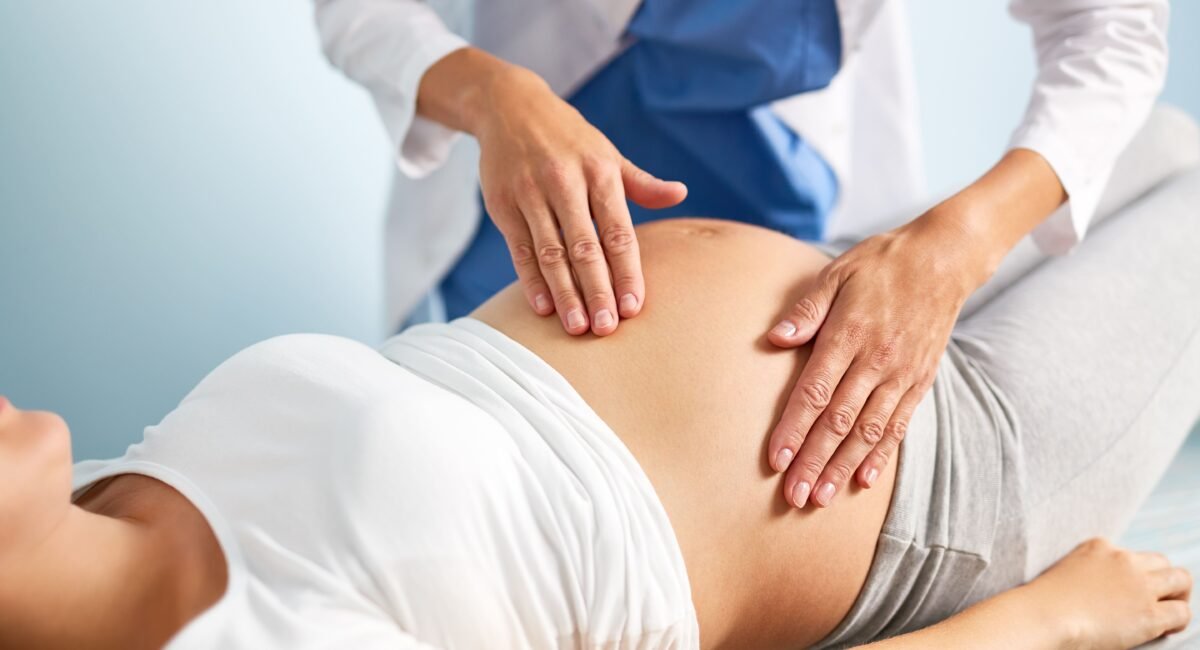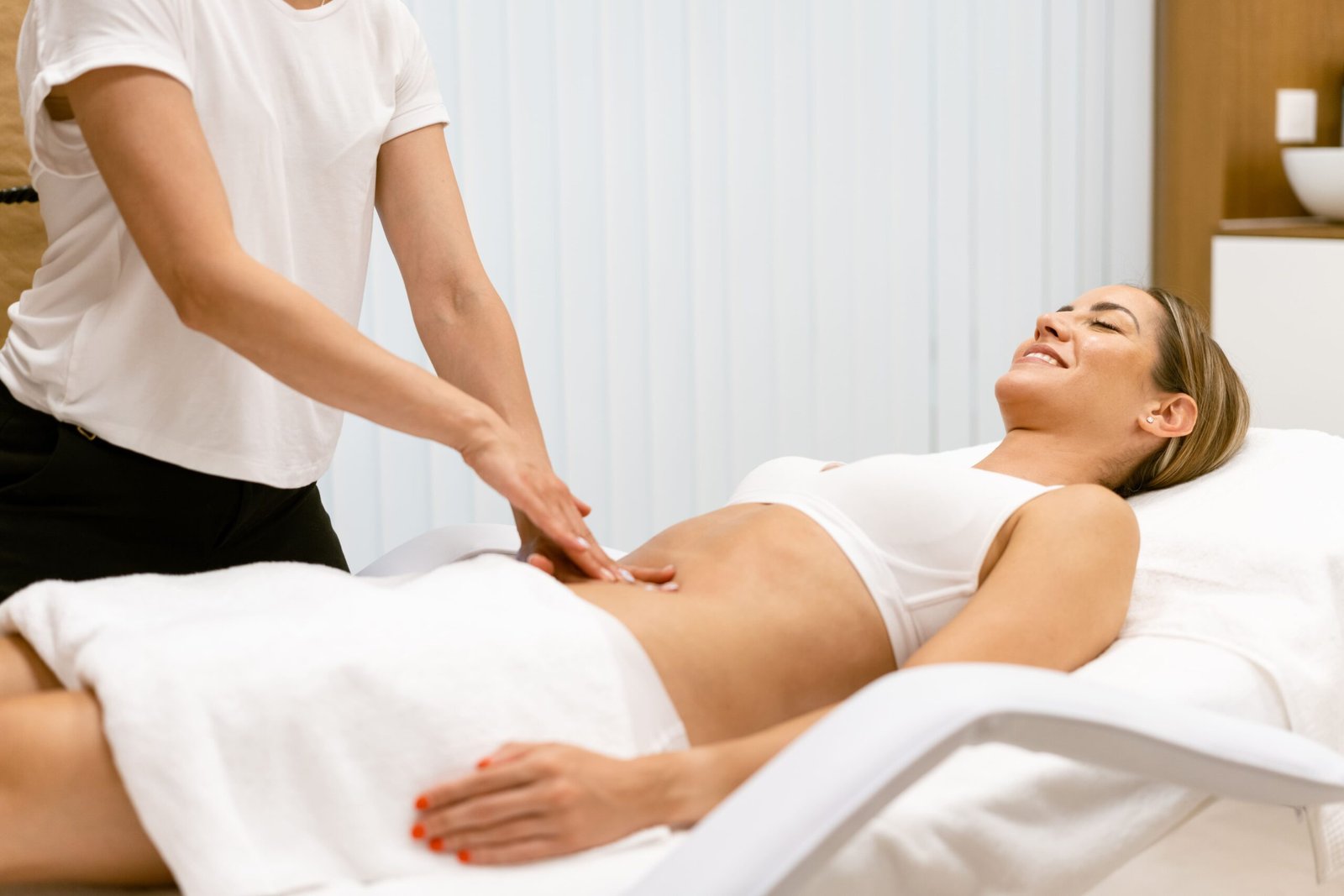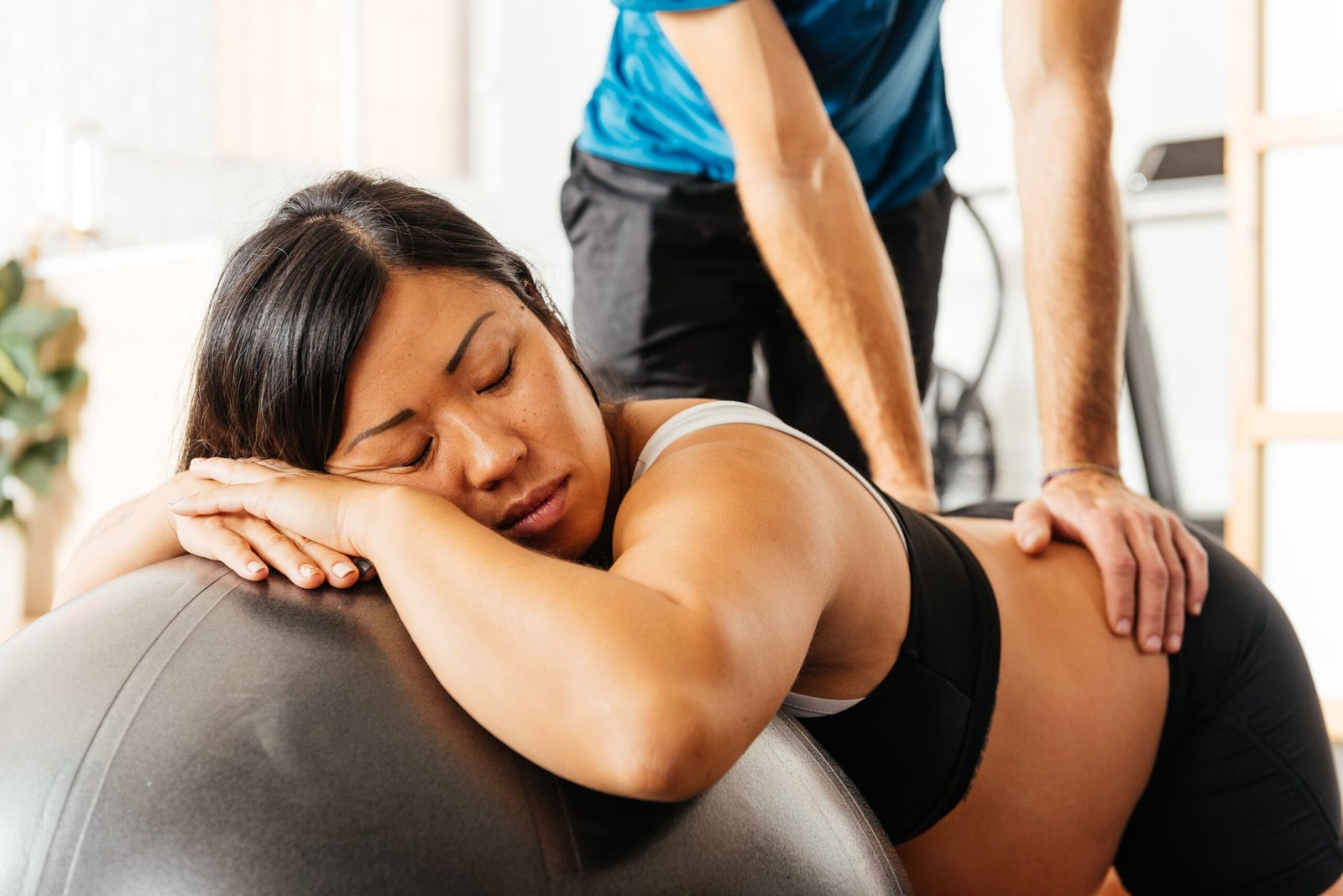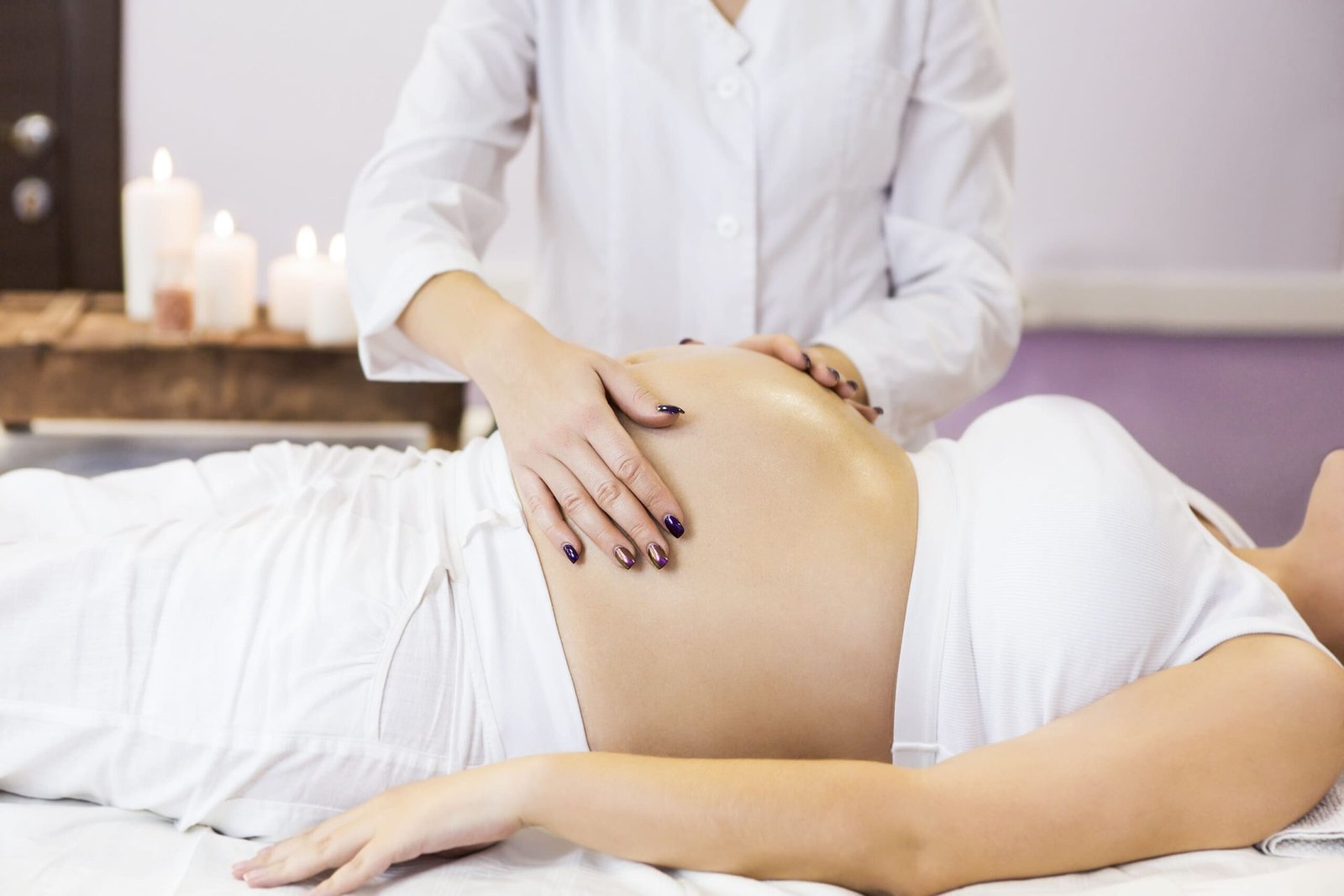Osteopathy During Pregnancy, Pregnancy is a unique and wonderful stage in a woman’s life, but it also presents significant challenges for the body. As the baby grows, the mother’s body undergoes major physical and hormonal changes that can lead to discomfort such as lower back pain, heavy legs, pelvic tension, or even breathing difficulties.
In response to these changes, more and more women are turning to osteopathy during pregnancy — a safe, non-invasive, and effective manual therapy that helps relieve discomfort, improve mobility, and prepare the body for childbirth.
In this article, you’ll discover what obstetric osteopathy is, its key benefits during pregnancy, and how it contributes to the well-being of both mother and baby.
1. What Is Osteopathy During Pregnancy?
Osteopathy is a therapeutic discipline that uses gentle manual techniques to restore balance in the body and enhance its ability to self-regulate. During pregnancy, it is applied through a specialized approach known as obstetric osteopathy, tailored to the specific needs of expectant mothers.
The goal is not only to treat symptoms but also to support the body throughout this transformative process, promoting both physical and emotional well-being for the mother and creating a healthier environment for the baby.
2. Physical Changes During Pregnancy
Throughout the nine months of pregnancy, the body undergoes numerous transformations:
-
Weight gain, which increases strain on the spine and joints.
-
Postural changes (such as lumbar hyperlordosis) to compensate for the growing abdomen.
-
Fluid retention, causing swelling and heaviness in the legs and feet.
-
Hormonal fluctuations, which affect the elasticity of ligaments.
-
Pressure on the diaphragm, which can make breathing more difficult.
All these changes may cause pain and limit mobility, affecting a woman’s quality of life during pregnancy.
3. Benefits of Osteopathy for the Mother
Osteopathy offers a wide range of benefits for pregnant women, acting holistically on the body:
✔️ Relief from lower back and pelvic pain
Pain in the lumbar and pelvic regions is one of the most common complaints during pregnancy. Osteopathic techniques help reduce tension and improve mobility in these areas.
✔️ Improved circulation
Gentle massage and mobilization techniques support venous and lymphatic return, reducing fluid retention and the feeling of heavy legs.
✔️ Greater mobility and overall well-being
Osteopathy helps maintain body flexibility, enabling better adaptation to the changes of pregnancy and preventing joint restrictions.
✔️ Preparation for childbirth
A balanced and flexible body can face labor more effectively, reducing discomfort and facilitating postpartum recovery.
✔️ Reduced stress and anxiety
Beyond physical benefits, osteopathy provides a deep sense of relaxation, helping to ease emotional tension during pregnancy.
4. Benefits for the Baby
Osteopathy not only provides advantages for the mother, but also for the baby during pregnancy:
-
More intrauterine space: By improving the mobility of the pelvis and diaphragm, the environment in which the fetus grows is optimized.
-
Better oxygenation: Improved maternal circulation enhances the supply of oxygen and nutrients to the baby.
-
Proper positioning: By releasing tension in the pelvis and uterus, osteopathy helps the baby adopt the correct posture for birth.
5. When to See an Osteopath During Pregnancy
Osteopathy is a safe therapy at any stage of pregnancy, provided it is carried out by trained professionals. It is generally recommended in the following situations:
-
Lower back, pelvic, or cervical pain.
-
Sciatica or leg discomfort.
-
Fluid retention or excessive swelling.
-
Difficulty sleeping due to physical discomfort.
-
Preparation for childbirth in the final weeks of pregnancy.
Ideally, periodic sessions throughout pregnancy should be scheduled and adapted to the mother’s needs as the pregnancy progresses.
6. Postpartum Osteopathy: Supporting the Mother’s Recovery
The benefits of osteopathy do not end with childbirth. After delivery, the body needs to regain balance following the demands of pregnancy and labor.
Osteopathy helps to:
-
Restore mobility of the pelvis and spine.
-
Support the recovery of the pelvic floor.
-
Relieve tension in the back and shoulders (very common due to breastfeeding and caring for the baby).
-
Accelerate overall recovery of the body.
7. Safety and Recommendations
Osteopathy during pregnancy is safe and free of side effects, as long as it is performed by a qualified professional. Unlike other treatments, it does not involve medication or invasive techniques, making it an excellent natural alternative.
It is important to:
-
Always consult with your obstetrician before starting treatment.
-
Only visit osteopaths specialized in pregnancy care.
-
Inform the professional about any complications or relevant medical history.
Conclusion
Pregnancy is a time of profound change that can bring both physical and emotional challenges. Obstetric osteopathy emerges as an effective approach to relieve pain, improve mobility, reduce tension, and prepare the mother for childbirth — while also supporting the baby’s healthy development in the womb.
At InOne Physiotherapy and Podiatry, we provide osteopathy treatments specifically adapted to pregnancy, delivered by experienced professionals who accompany mothers through every stage of this journey. Our goal is to offer well-being, safety, and confidence, helping to make the pregnancy experience as healthy and fulfilling as possible.
Because caring for the mother also means caring for the baby.




